Tested: Shimano 105 Di2 vs. SRAM Rival AXS
With both SRAM and Shimano now using electronic shifting on their workhorse group sets, we put 105 and Rival to the test.
Ever since the launch of the first Dura-Ace Di2 groupset in 2009, we’ve speculated about the time when electronic shifting will trickle down to the lower-tier component ranges that most riders use and enjoy. In the 17 years since SRAM launched its 10-speed Force groupset, many stories have pitted group sets from SRAM and Shimano against each other. Today, I humbly submit my comparison of Shimano’s 105 Di2 and SRAM’s Rival AXS eTap to the genre.
SRAM was first to the party, launching its 12-speed, wireless Rival AXS groupset in 2021. We had to wait a while for Shimano’s response, but 105 Di2 lives up to the hype. Both group sets function similarly to their pricier versions. SRAM stuck to a fully wireless setup with Rival AXS, using the same batteries and motors as Force and Red. Shimano’s 105 follows the layout of Ultegra and Dura-Ace. 105 uses a semi-wireless configuration where the shifters communicate wirelessly to the rear derailleur; the RD then gets wired into the main battery and the front derailleur to provide power and front shifting.
The launch of these third-tier electronic group sets coincides with SRAM and Shimano sunsetting their mechanical shifting parts (at least on the high end). When Shimano launched the current generation of Dura-Ace and Ultegra in the fall of 2021, they made both group sets electronic only. However, according to our reporting, a mechanical 12-speed 105 groupset is on the horizon. For its part, SRAM’s mechanical group sets have not had an update since Rival 22 launched eight years ago. This lack of mechanical shifting options (combined with inflation-driven price increases) leaves many riders shopping for new road bikes finding bikes built with 105 Di2 or Rival AXS at prices once occupied by bikes built with Ultegra or Force mechanical groups.
So, is 105 Di2 or Rival AXS the better choice for your next bike?
Weight
Let’s talk numbers first.
Shimano’s 105 groupset weighs in at 2 995 grams. Because 105 is only available as a 2x without a power meter, we will compare it to Rival AXS in the same configuration. SRAM’s Rival will set you back $1,420 but weighs a hefty 3 209g.
As usual, bike parts tend to weigh less as you spend more money. But while budget and weight are important considerations, there is a lot more to choosing a groupset that you should consider.
The Shifters
Both 105 and Rival broadly incorporate the design aesthetics of their pricier alternatives. 105 Di2 uses the same shifter design as Ultegra and Dura-Ace, but crucially 105 does not have auxiliary buttons on the top of the hoods, nor can you plug in satellite shifters.
 Rival shifters are functionally identical to Force and Red, with the latest Force AXS update borrowing its shifter shape from the Rival units. Overall, the shifter is less rounded than Red, with a much more angular design that makes it easier for riders with small and medium-sized hands. Rival shifters are compatible with all other wireless AXS accessories, so they pair with SRAM’s wireless remote shifters. Points there for Rival if you want to run remote shift buttons.
Rival shifters are functionally identical to Force and Red, with the latest Force AXS update borrowing its shifter shape from the Rival units. Overall, the shifter is less rounded than Red, with a much more angular design that makes it easier for riders with small and medium-sized hands. Rival shifters are compatible with all other wireless AXS accessories, so they pair with SRAM’s wireless remote shifters. Points there for Rival if you want to run remote shift buttons.
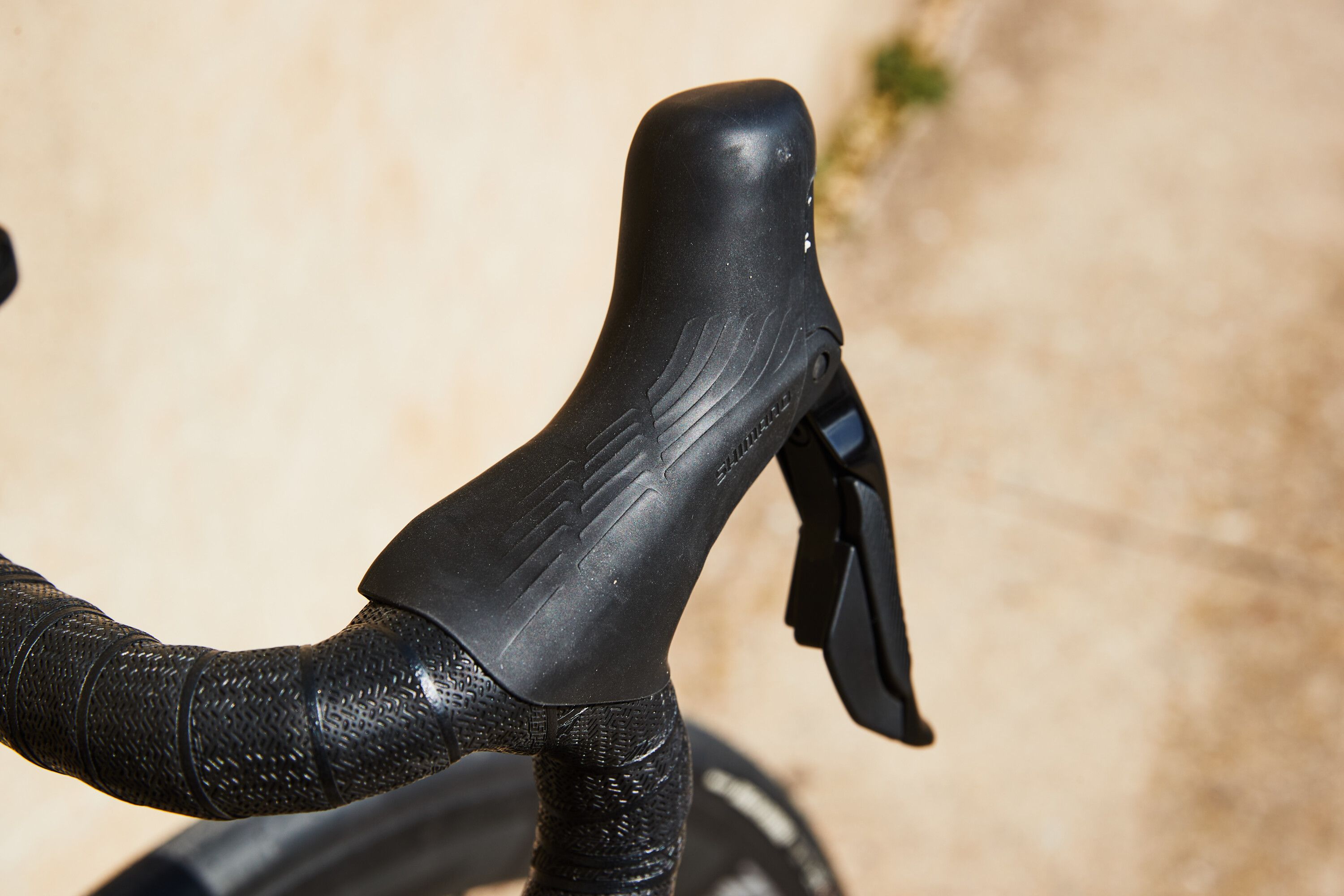 The main functional distinction between the two shifters is that 105 has two shift buttons per shifter, while Rival has one per shifter. Through the E-Tube phone app, Shimano’s buttons are programmable to change gears in various ways. By default, they come set up to mimic mechanical Shimano shifters, but riders can assign those buttons however they like. They can even set them up to mimic (but not fully replicate) SRAM shift logic, with the right shifter always going to a harder gear and the left going to an easier one. Shimano won’t let you set up a double button press, so SRAM shift mechanics cannot be exactly duplicated.
The main functional distinction between the two shifters is that 105 has two shift buttons per shifter, while Rival has one per shifter. Through the E-Tube phone app, Shimano’s buttons are programmable to change gears in various ways. By default, they come set up to mimic mechanical Shimano shifters, but riders can assign those buttons however they like. They can even set them up to mimic (but not fully replicate) SRAM shift logic, with the right shifter always going to a harder gear and the left going to an easier one. Shimano won’t let you set up a double button press, so SRAM shift mechanics cannot be exactly duplicated.
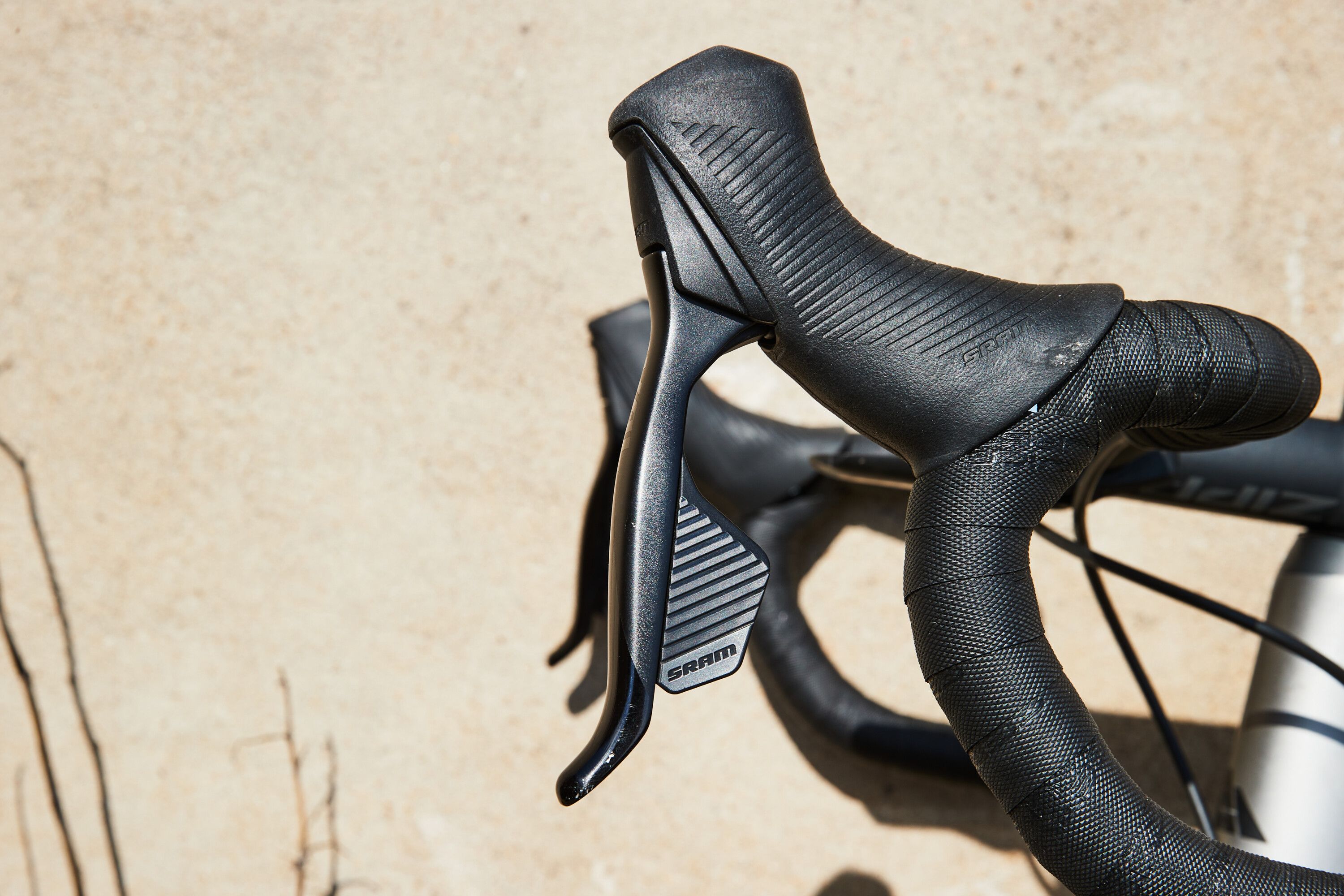 Since SRAM shifters only have two shift buttons (right = harder gear, left = easier, both together = shifts the front derailleur), customised setups are limited to deciding what pressing both buttons does. For example, you can have it activate a dropper post instead of a front derailleur.
Since SRAM shifters only have two shift buttons (right = harder gear, left = easier, both together = shifts the front derailleur), customised setups are limited to deciding what pressing both buttons does. For example, you can have it activate a dropper post instead of a front derailleur.
 Rival shift buttons have a simple advantage since they are bigger than those on 105. And with only one per side, they are much easier to use while wearing gloves. Shimano has improved its shift button design significantly since Di2 was first released. The current design has a more tactile click, different textures on each, and one button is (slightly) raised over the other. All in the name of helping riders locate the correct one and know when they have pressed it. The Shimano Di2 levers’ hood shape feels more comfortable; the lever blade is slimmer with fewer hard edges than SRAM’s, which lets me use several different hand positions. By contrast, SRAM’s feels more locked in.
Rival shift buttons have a simple advantage since they are bigger than those on 105. And with only one per side, they are much easier to use while wearing gloves. Shimano has improved its shift button design significantly since Di2 was first released. The current design has a more tactile click, different textures on each, and one button is (slightly) raised over the other. All in the name of helping riders locate the correct one and know when they have pressed it. The Shimano Di2 levers’ hood shape feels more comfortable; the lever blade is slimmer with fewer hard edges than SRAM’s, which lets me use several different hand positions. By contrast, SRAM’s feels more locked in.
Cranks, Gearing, and Cassette
With the latest 12-speed Di2 group sets, Shimano (at long last) introduced a 1:1 gear ratio to its road lineup. They did this by launching an 11-34T tooth cassette which provides a 1:1 gear ratio when paired with a 50/34 tooth chainring combo up front. But for the lowest gear size, SRAM has Shimano beat with an incredibly wide 10-36 tooth rear cassette. This results in a greater than 1:1 ratio on any of the available Rival cranksets. The lowest possible gear combination is a 30-tooth chainring (part of the 43/30T crankset) up front with a 36-tooth cog in the back. This gear is low enough for most riders to handle fully loaded bike packing through mountainous terrain.
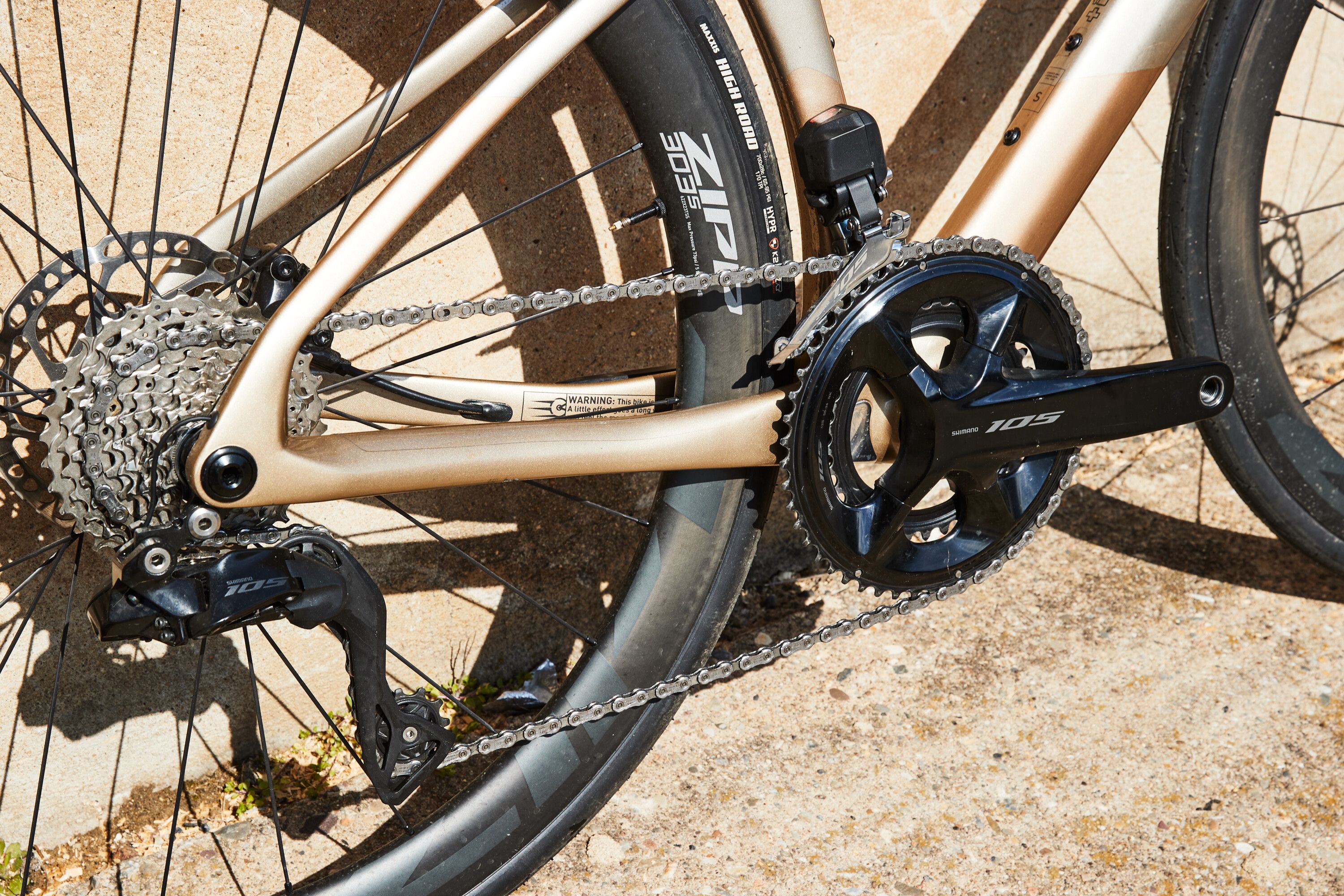 Riders needing even lower gearing can set up Rival with a 1x chainring and opt for either a SRAM XPLR rear derailleur and 10-44T cassette, or they can go for a full “mullet” setup. This means using a mountain bike rear derailleur paired with the Rival shifters, which lets riders use an Eagle 10-52T cassette for the widest possible gear range available.
Riders needing even lower gearing can set up Rival with a 1x chainring and opt for either a SRAM XPLR rear derailleur and 10-44T cassette, or they can go for a full “mullet” setup. This means using a mountain bike rear derailleur paired with the Rival shifters, which lets riders use an Eagle 10-52T cassette for the widest possible gear range available.
 For those interested in high-speed descending, SRAM also beats out Shimano at the high end of the gearing range. Rival’s high gear of 48x10T edges out 105’s 52x11T option by a few gear inches. SRAM also has Shimano beat here for riders who want the widest possible gear range. If you prefer small gear jumps (for optimal cadence), you are better served by 105’s gear range.
For those interested in high-speed descending, SRAM also beats out Shimano at the high end of the gearing range. Rival’s high gear of 48x10T edges out 105’s 52x11T option by a few gear inches. SRAM also has Shimano beat here for riders who want the widest possible gear range. If you prefer small gear jumps (for optimal cadence), you are better served by 105’s gear range.
Batteries
There isn’t a clear winner in each system’s approach to batteries, as both have pros and cons. With 105, riders only need to charge one central battery (hidden inside the frame and out of sight). 105’s internal battery requires plugging in the bike to charge. Depending on where and how you store your bike, this can be a pain or a total non-issue.
 Rival uses the same batteries as all other AXS parts, with an individual battery powering each derailleur. So a typical road bike uses two AXS batteries (which need charging individually). The obvious disadvantage is that charging multiple batteries is more annoying than just doing one. Additionally, Shimano’s battery life tends to be better, so depending on how much you ride, a 105 bike might only need to be charged every couple of months. SRAM batteries typically need to be topped up every couple of weeks.
Rival uses the same batteries as all other AXS parts, with an individual battery powering each derailleur. So a typical road bike uses two AXS batteries (which need charging individually). The obvious disadvantage is that charging multiple batteries is more annoying than just doing one. Additionally, Shimano’s battery life tends to be better, so depending on how much you ride, a 105 bike might only need to be charged every couple of months. SRAM batteries typically need to be topped up every couple of weeks.
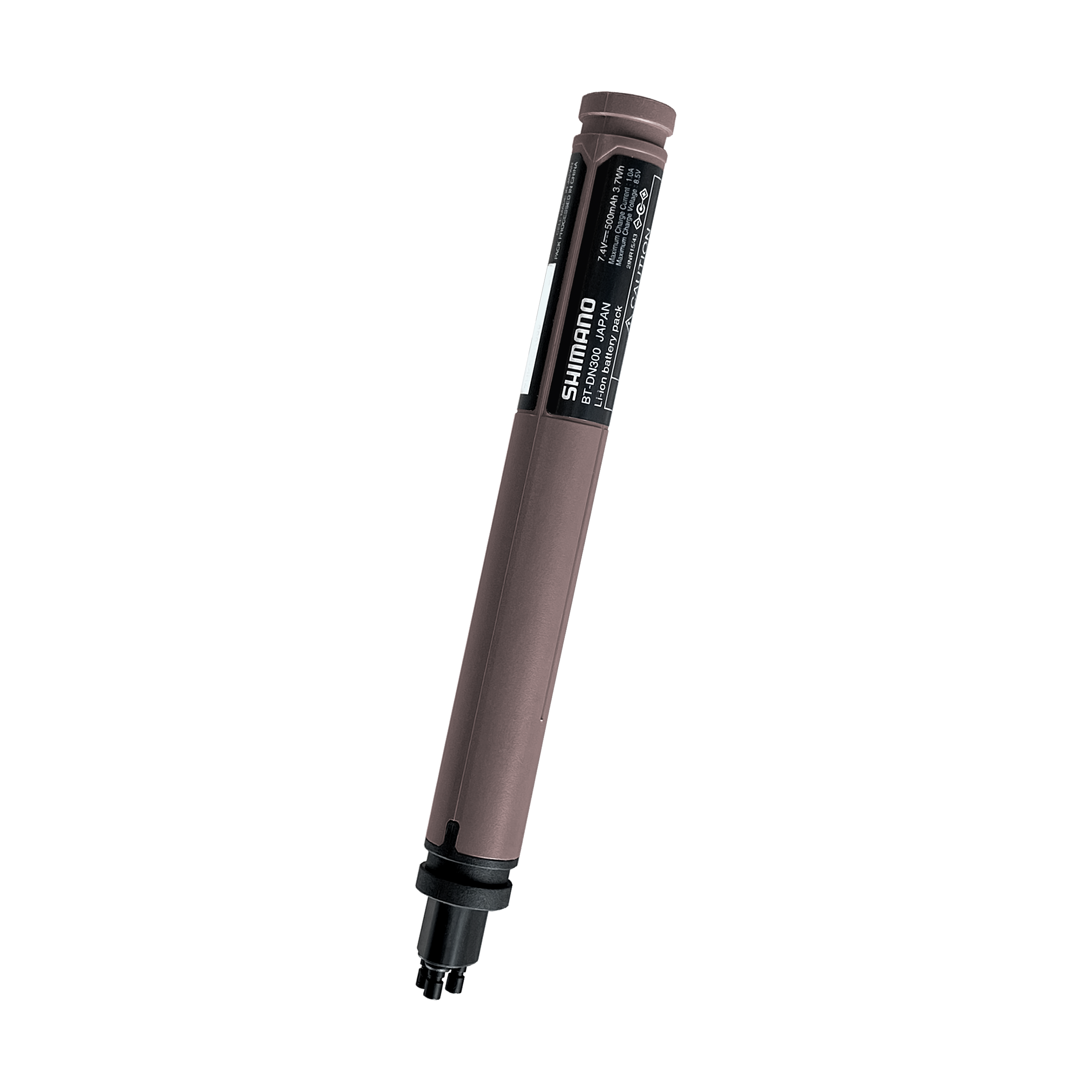 There are some advantages to the SRAM system. For those with unconventional bike storage situations, removing batteries for charging will prove much simpler (versus finding a way to get the bike next to an outlet). The easily removable and portable batteries also make it easy to ride or travel with a spare. You can also swap the battery between derailleurs (in case one dies) to get home.
There are some advantages to the SRAM system. For those with unconventional bike storage situations, removing batteries for charging will prove much simpler (versus finding a way to get the bike next to an outlet). The easily removable and portable batteries also make it easy to ride or travel with a spare. You can also swap the battery between derailleurs (in case one dies) to get home.
The wireless shifters for both systems use CR2032 batteries. Riders can expect about a year of use from Rival shifters and close to double that from 105 because Shimano uses two CR2032 batteries per shifter instead of just one. Both systems also feature an easy way to check the shifter battery status with a simple button press.
The Apps
Rival and 105 use a phone app to set up and configure all sorts of things in your drivetrain. While SRAM and Shimano’s app layout and design are slightly different, they (essentially) perform the same functions. I’ve met people who prefer one app over another, but neither is different enough that I would recommend basing your drivetrain choice on it.
Shifting Performance
Both Rival and 105 have excellent shifting performance. I want to get that out of the way because comparing them is an exercise in splitting hairs, but that’s the reality when comparing modern electronic drivetrains. No matter which one you choose, when you push a button, it changes gears almost instantly and without much fanfare.
As for rear derailleur performance, I think 105’s shifts are just a hair faster than Rival, but that is in no way me saying that Rival is slow. It’s just that there is a certain crispness to 105’s shifts that Rival doesn’t quite match.
Front derailleur performance is an easy win for Shimano, and a big reason for that is Shimano’s auto trim function which keeps the derailleur away from the chain no matter what gear combo you are using. In theory, SRAM has designed their front derailleur not to need the feature, but there is still noise when using the large chainring and largest rear cog in practice.
When moving the chain from one chainring to the other, Shimano takes a slight edge. 105’s front derailleur shifting is rapid and surefooted. Shimano will even let you slow down how quickly it executes shifts for riders that find it too fast. SRAM’s shift speed is not configurable.
Braking Performance
Many riders will have strong opinions about the braking performance of SRAM and Shimano groupsets. Just like those riders, I also have a preference; I like the feel of Shimano brakes. Shimano stoppers feel well-defined with crisper feedback that is confidence inspiring. Shimano’s 105 groupset certainly has that as well. SRAM brakes tend to feel easier to modulate, which can sometimes come across as a bit of a vague feeling at the levers.
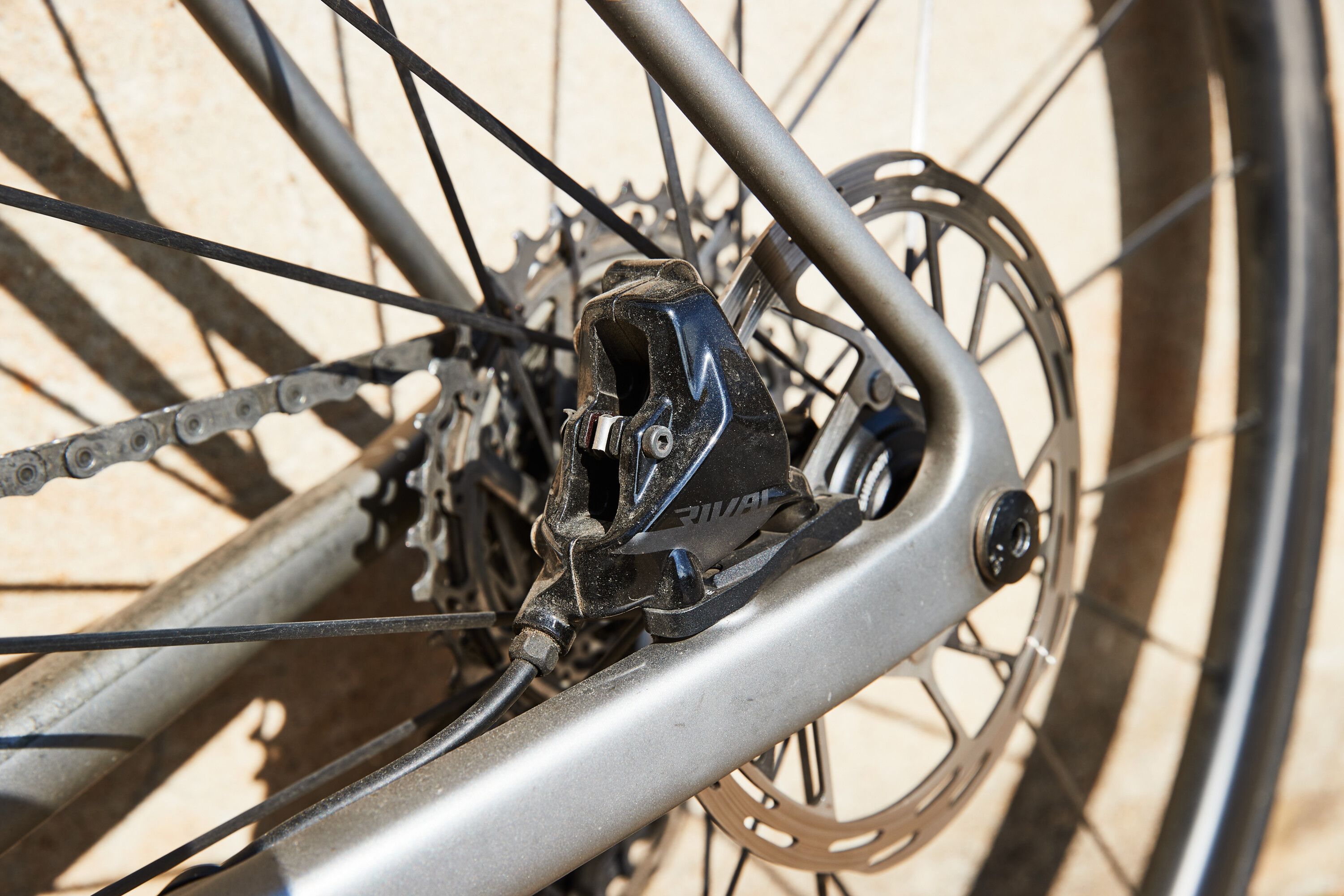 To be clear, stopping power is fantastic for both 105 and Rival. If you pull hard on the lever, there is plenty of braking force from both systems. The differences between them fall into how each system delivers feedback to the rider. Rival levers have a gradual and smooth lever feel. In comparison, 105 feels more on or off. Neither 105 nor Rival performs better, but there is a good chance that many riders will have a preference.
To be clear, stopping power is fantastic for both 105 and Rival. If you pull hard on the lever, there is plenty of braking force from both systems. The differences between them fall into how each system delivers feedback to the rider. Rival levers have a gradual and smooth lever feel. In comparison, 105 feels more on or off. Neither 105 nor Rival performs better, but there is a good chance that many riders will have a preference.
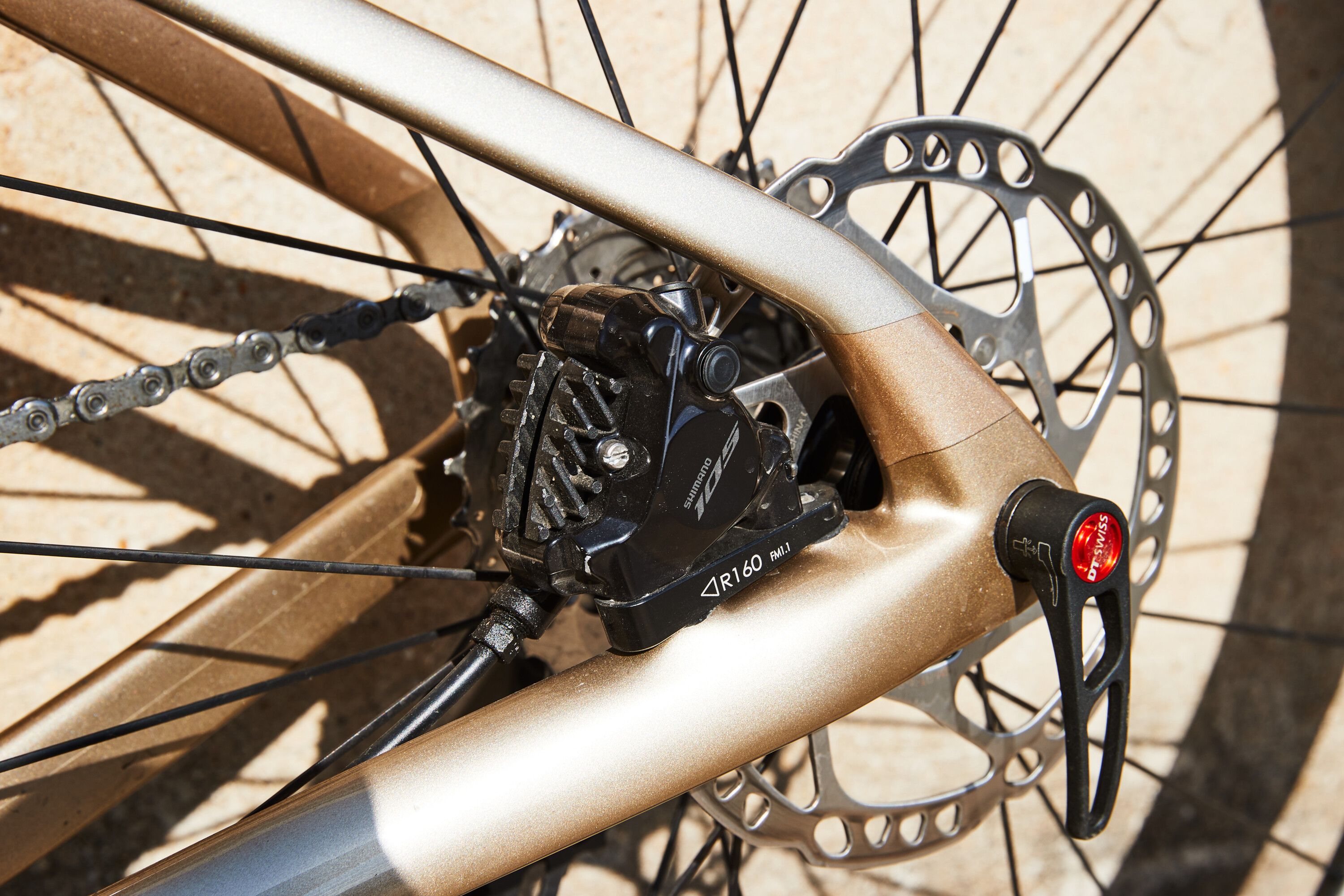 SRAM is the clear winner when it comes to brake noise. Generally, its road brakes usually stay silent even after hard braking on very long and steep hills. To be fair, noise from 105’s brakes is minimal but more frequent. Still, both systems are susceptible to the same common disc brake problems and will require the same care and attention to stay silent.
SRAM is the clear winner when it comes to brake noise. Generally, its road brakes usually stay silent even after hard braking on very long and steep hills. To be fair, noise from 105’s brakes is minimal but more frequent. Still, both systems are susceptible to the same common disc brake problems and will require the same care and attention to stay silent.
Should You Upgrade?
The answer to this question entirely depends on your riding desires and budget. Realistically speaking, if you are trying to decide between one of these groupsets, you are most likely shopping for a new bike and are trying to select a build option. Perhaps a smaller subset of you seeks to upgrade an existing disc frameset. If this is the case, my reasons for choosing 105 over Rival or vice versa are below.
Keep in mind: You do not need to upgrade to either of these groups. Yes, both 105 and Rival make improvements over previous versions. And both groups offer many of the same features found on their manufacturer’s higher-end components. Bottom line: If you’re happy with your bike, then it should go without saying, keep riding it!
Reasons to Buy 105
By Shimano’s admission, 105 is a groupset designed for the needs of road riders. If you want fast, crisp, and precise shifting—plus the ability to program shift buttons and shift speed—105 is the groupset for you. 105 also delivers a more traditional gear range which should be familiar to riders used to non-SRAM AXS group sets. 105 is the groupset I would choose if I were building up a bike for going fast on the road.
Reason to buy Rival
Where 105 is laser-focused on road bike use, Rival is a group that feels at home on various styles of bikes. Rival’s huge gear range offerings—through its many crank and cassette options—are a big reason for this. Rival’s rear derailleur also has a built-in clutch, making it friendlier for all-road and even full-on gravel builds. But what makes Rival so adaptable is the AXS ecosystem that SRAM built over the years. Want to convert your 2x system into 1x or vice versa? No problem. Want to add axillary shifters? Go for it! How about a dropper post? Sure, why not?
Rival might be the groupset for you if those options sound appealing. If you’re unsure about the riding you want to do and want to stay open to the possibilities, Rival will be a great choice. And while 105 might offer a performance edge to riders hyper-focused on fast-paced road riding, Rival is close enough to satisfy all but the most discerning road racers.
READ MORE ON: electronic shifting first ride groupsets tested



